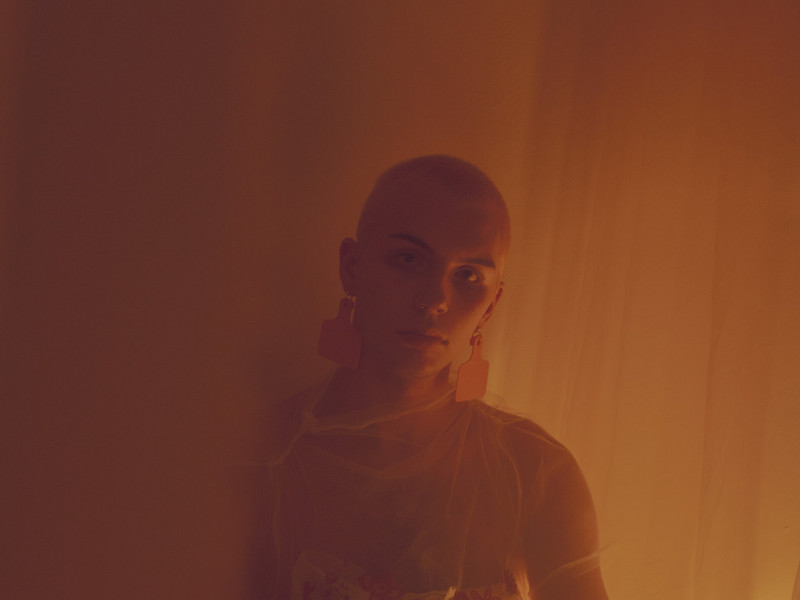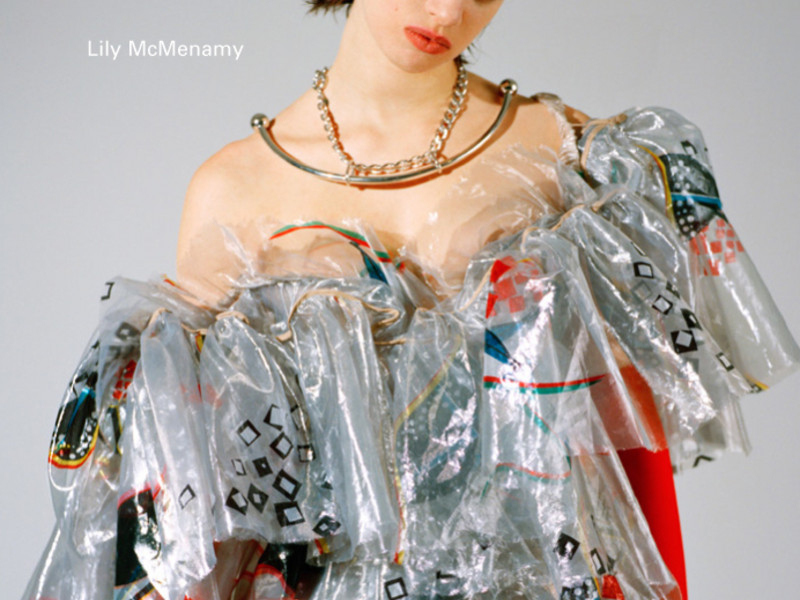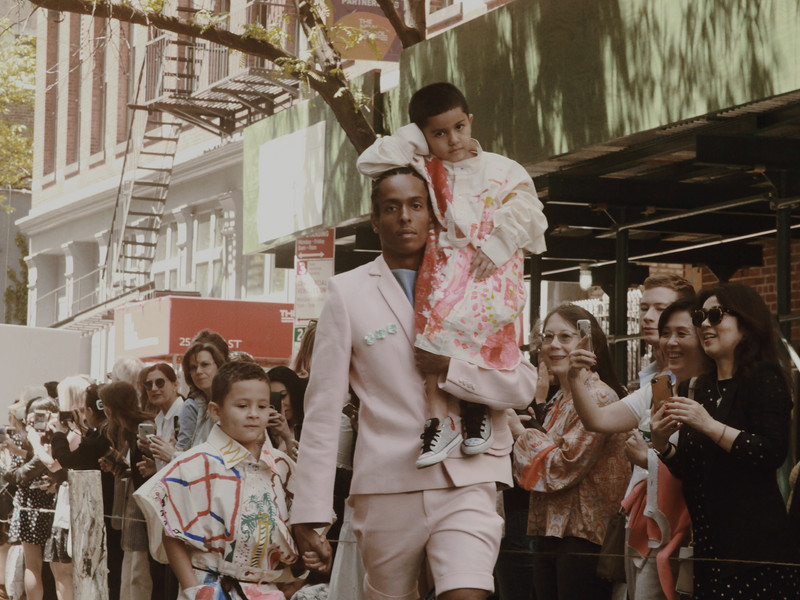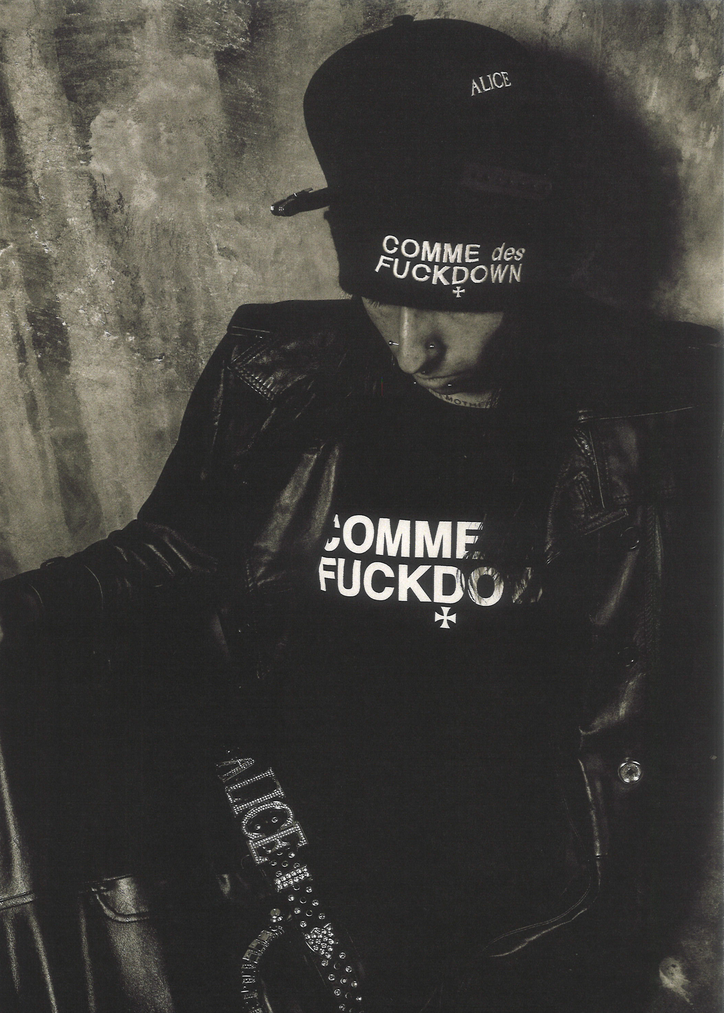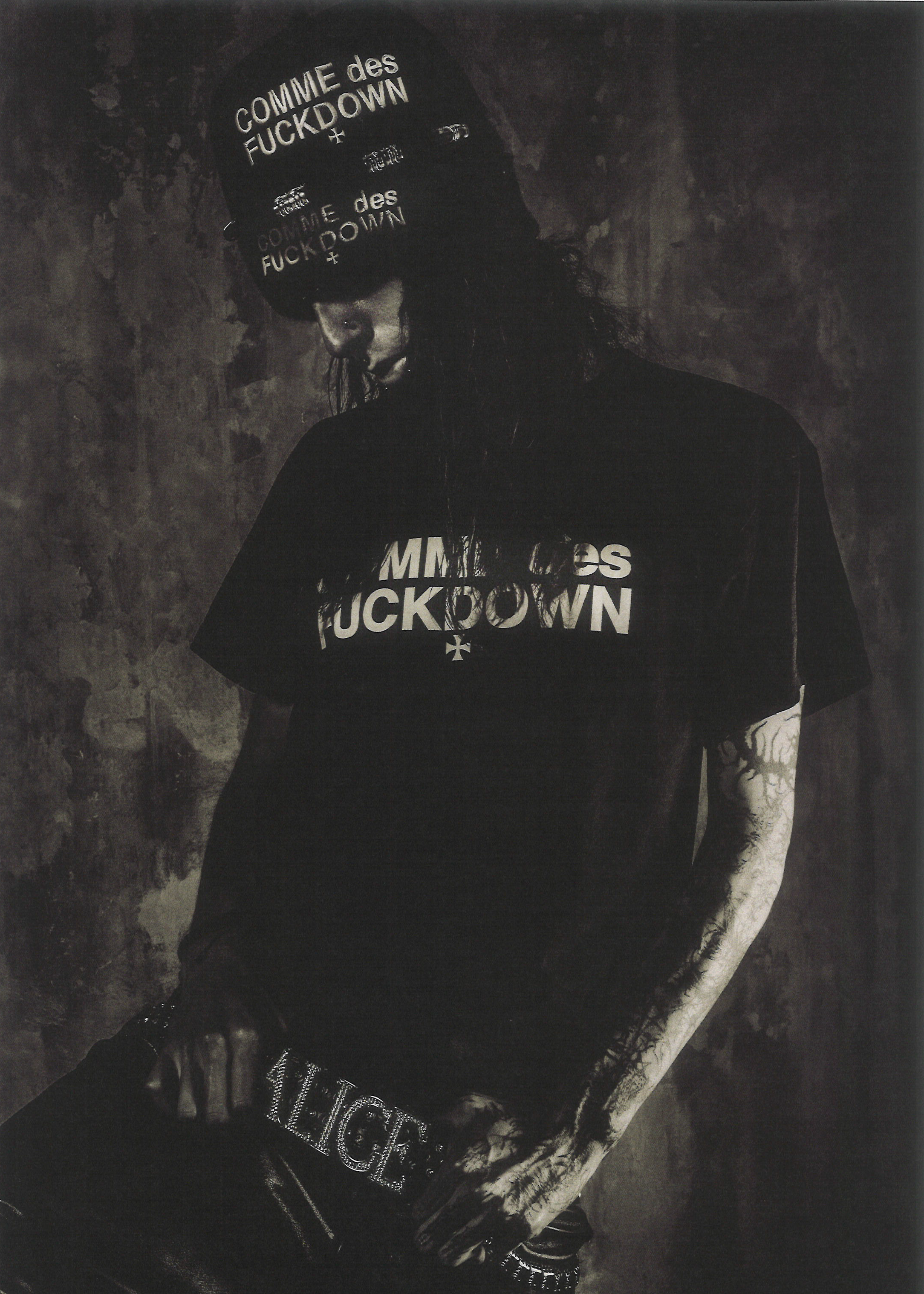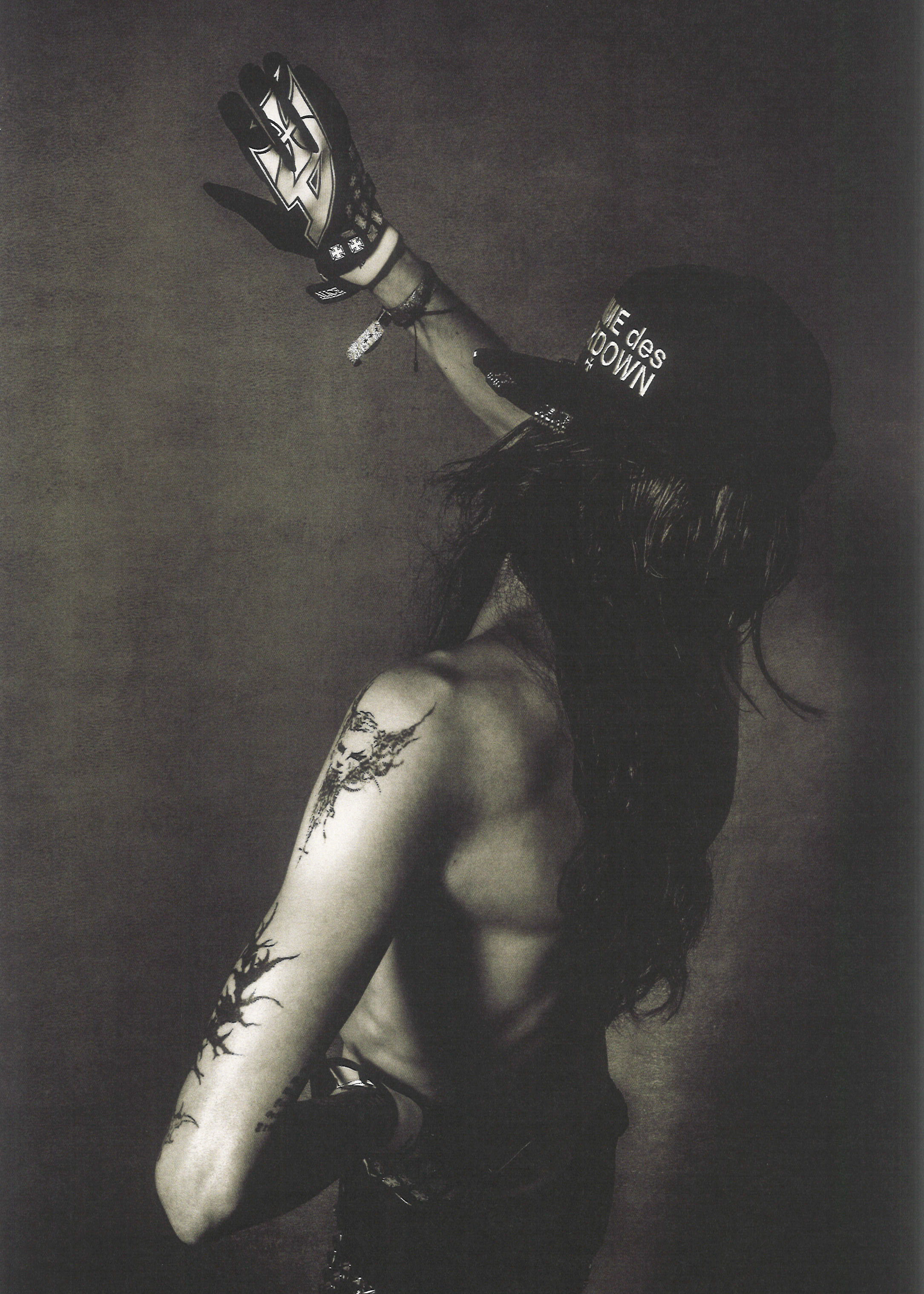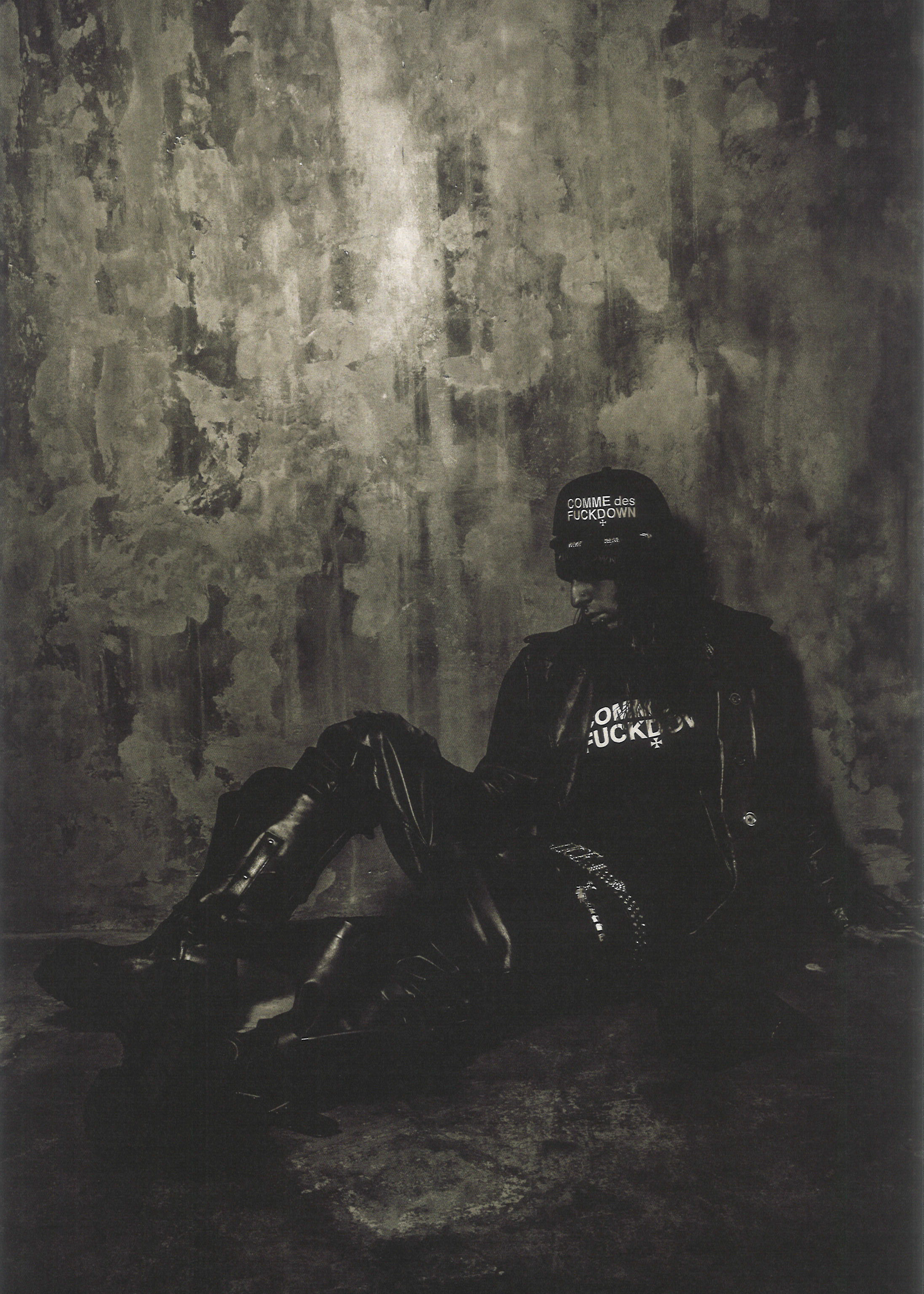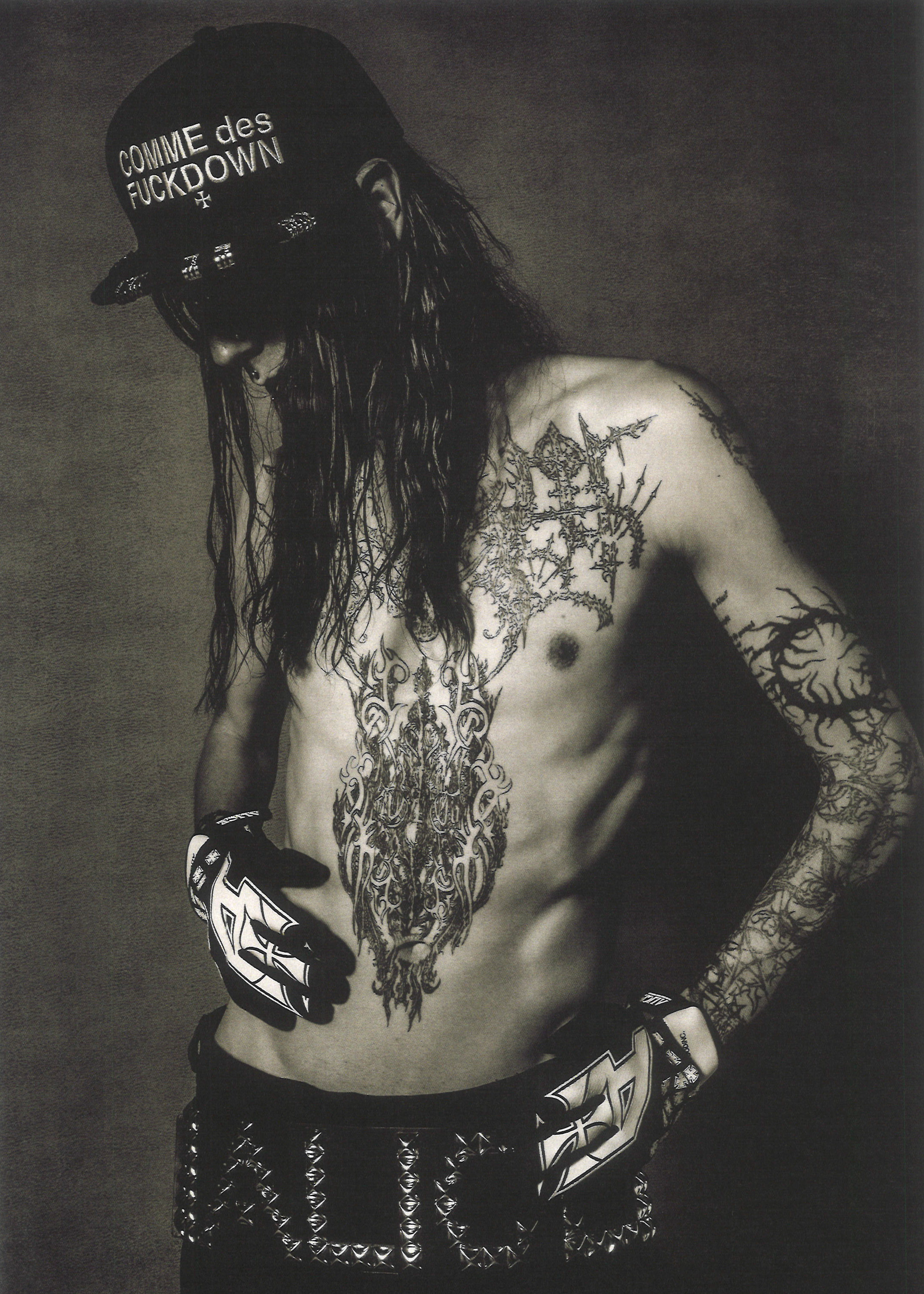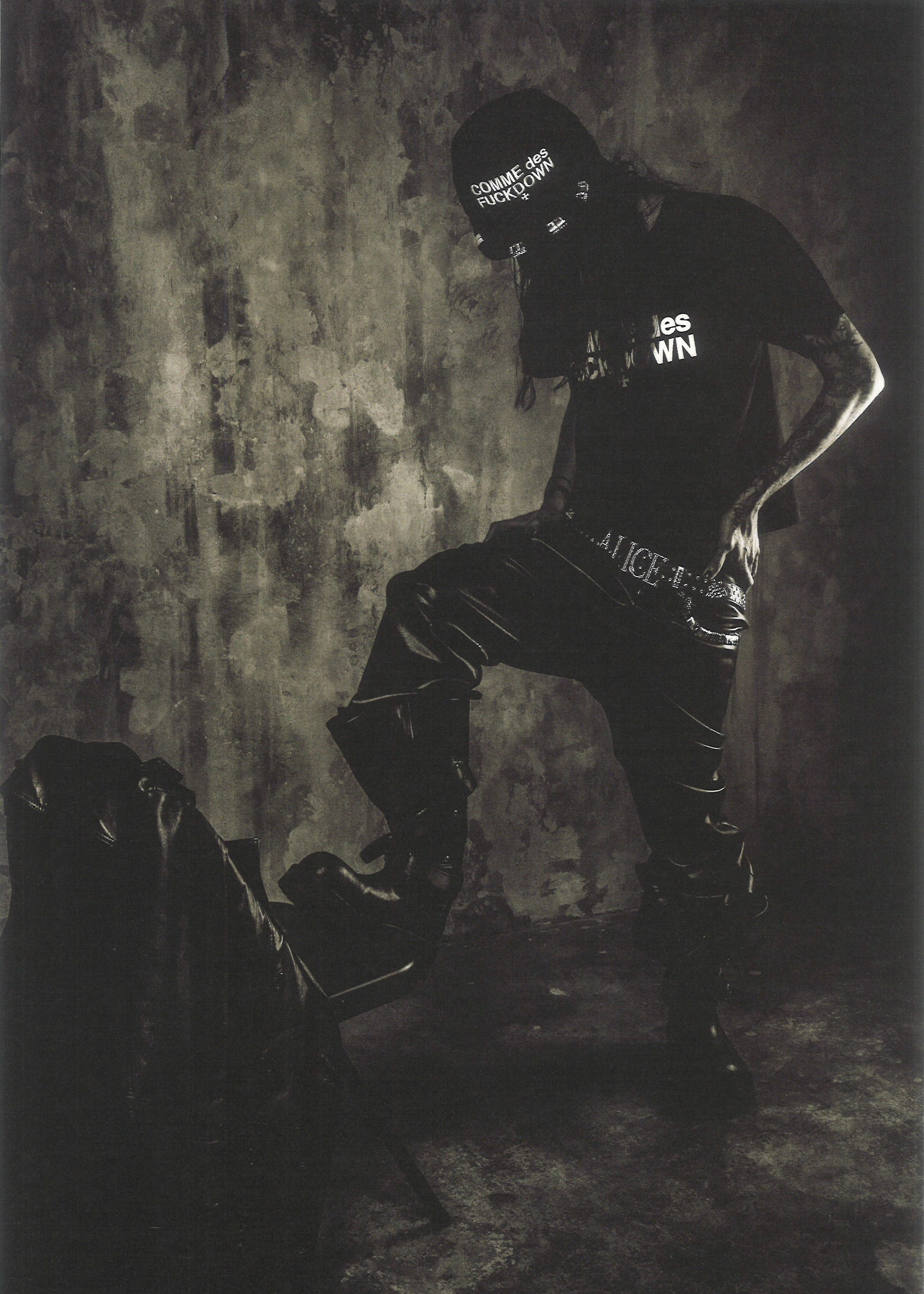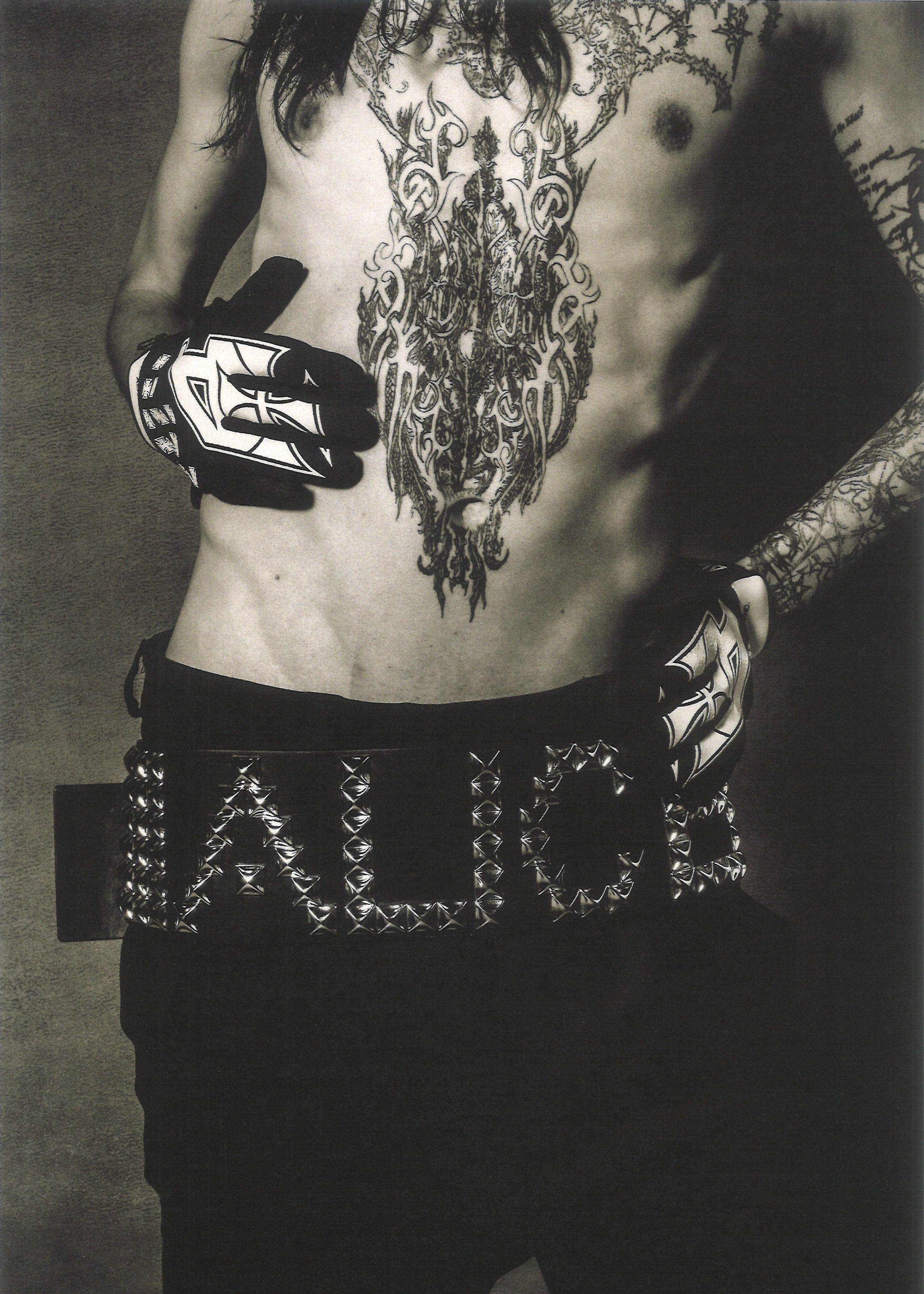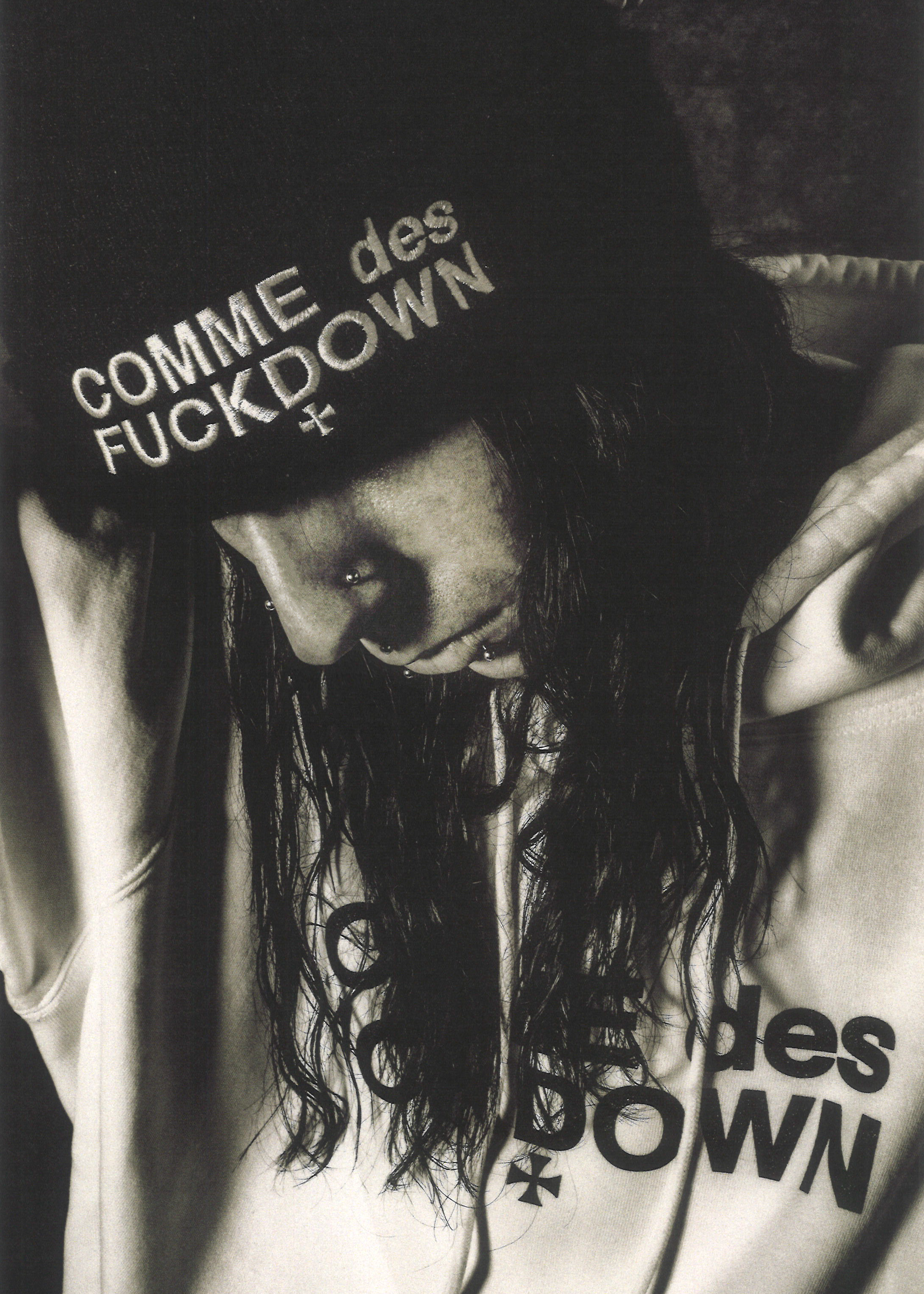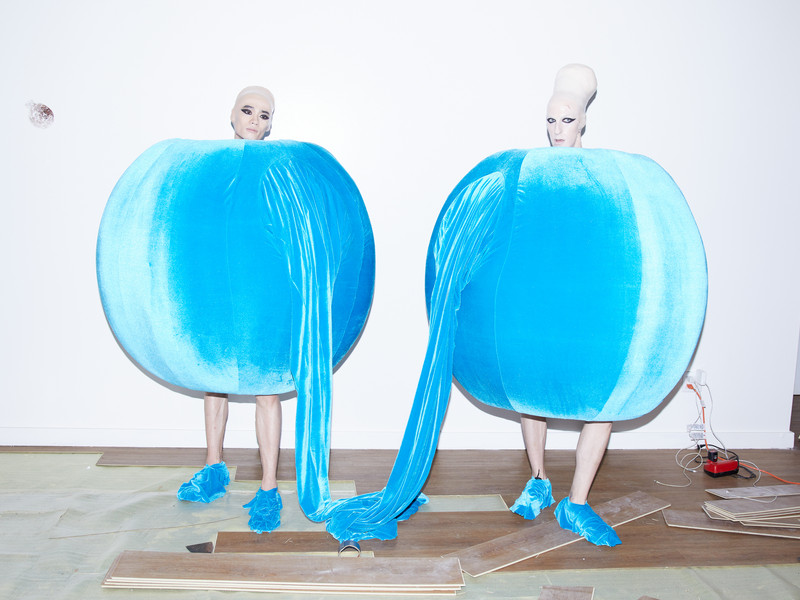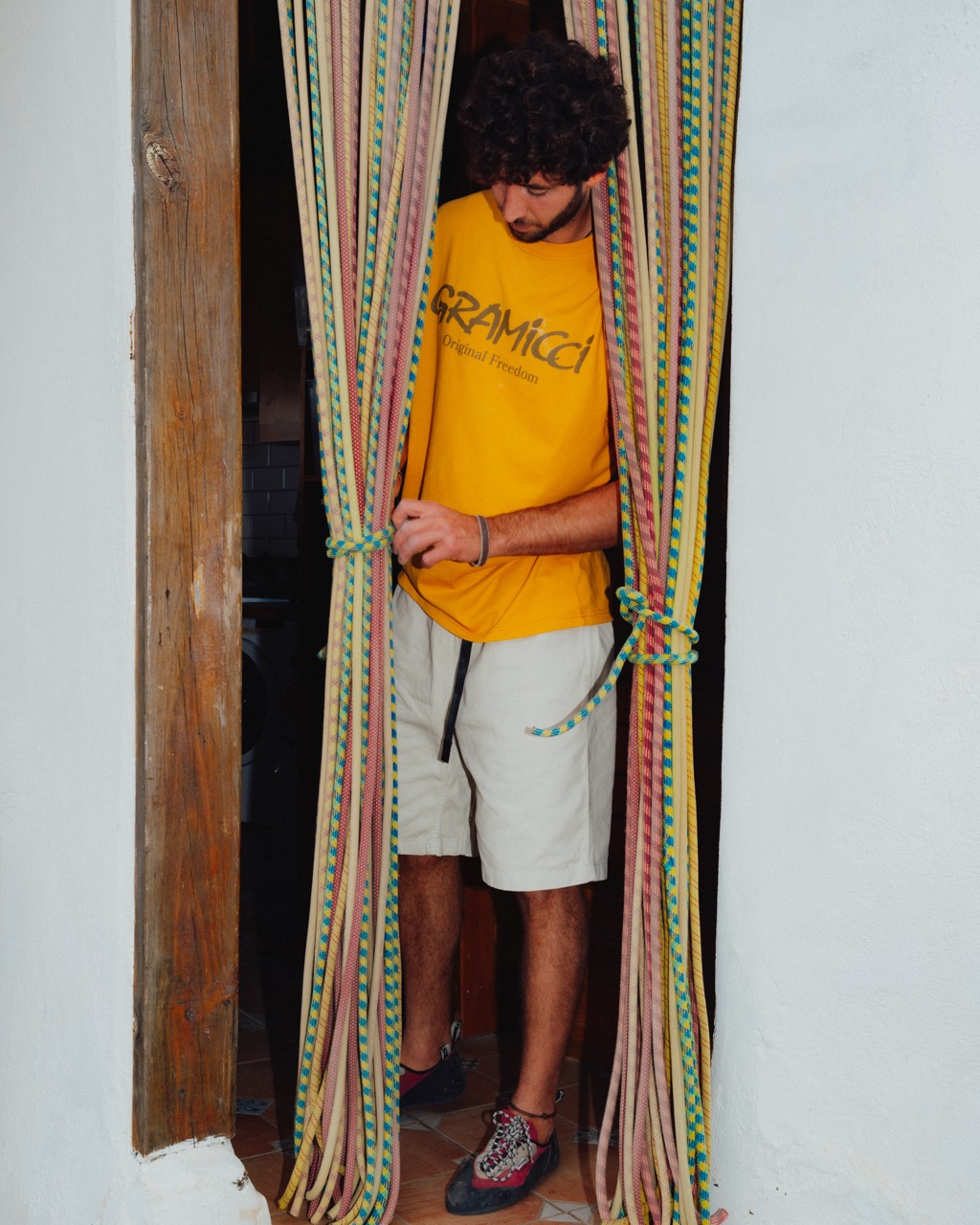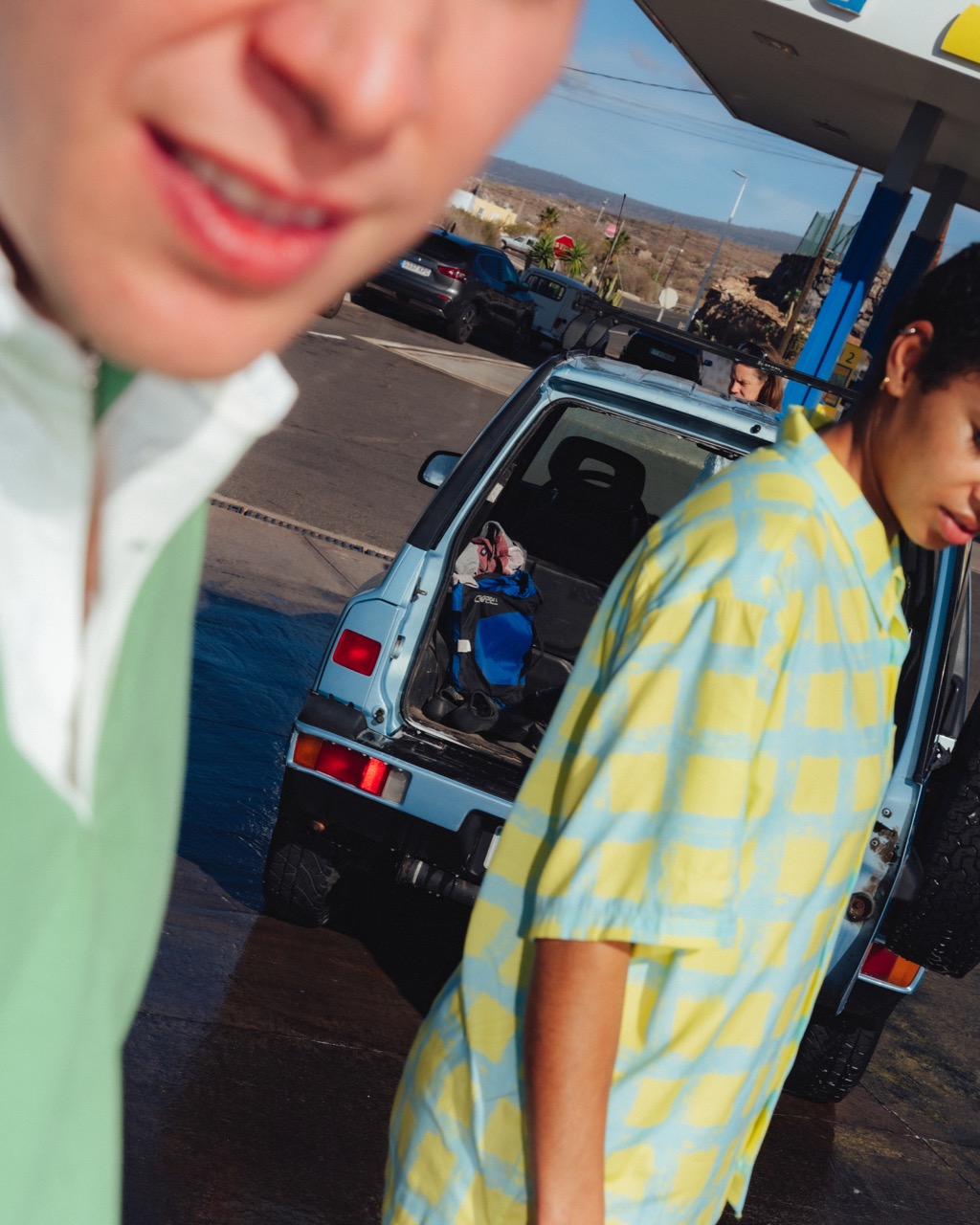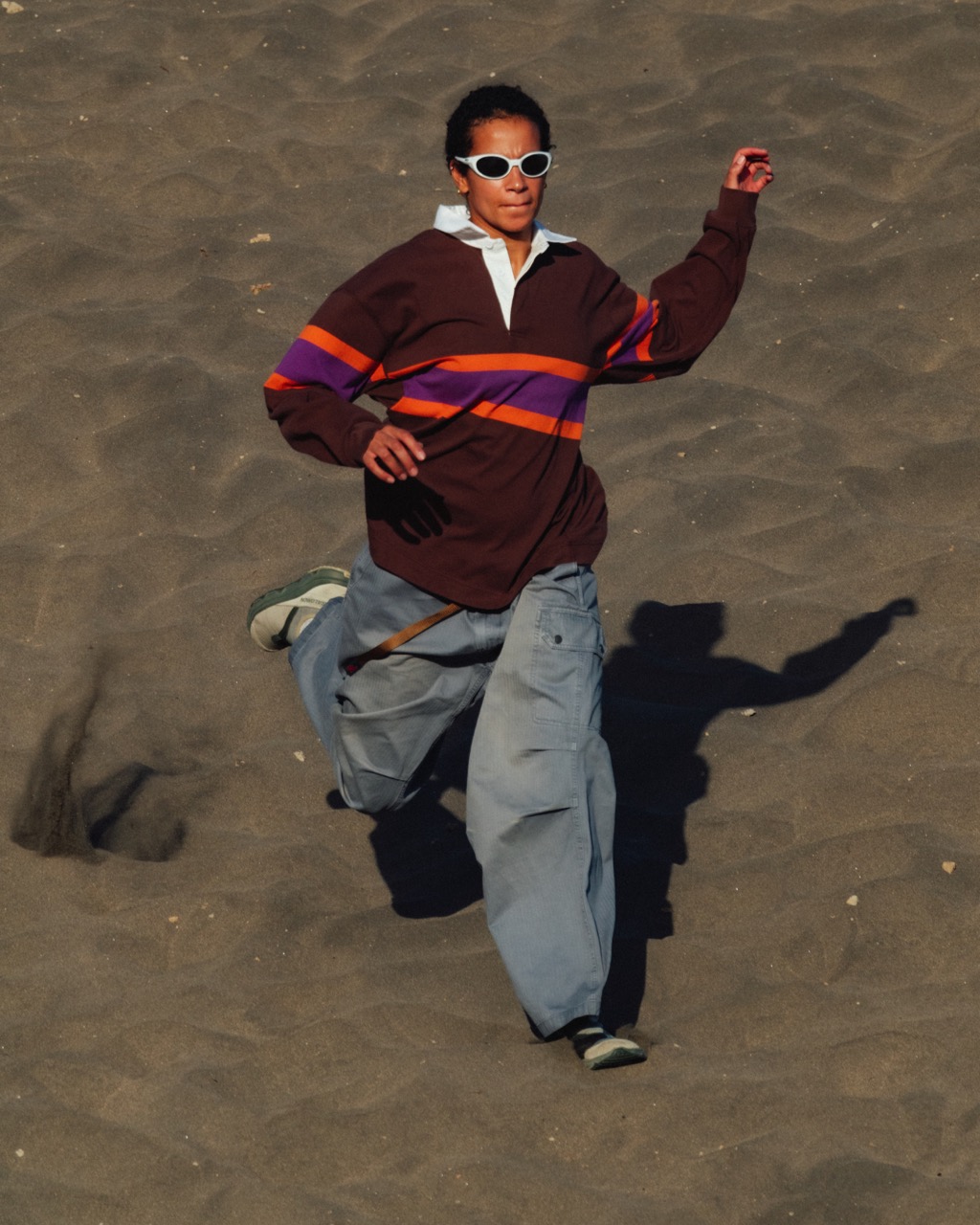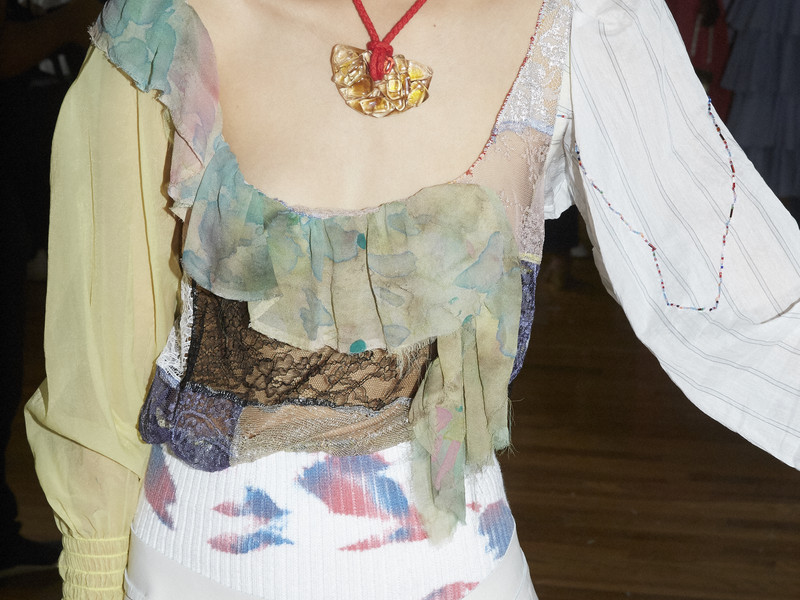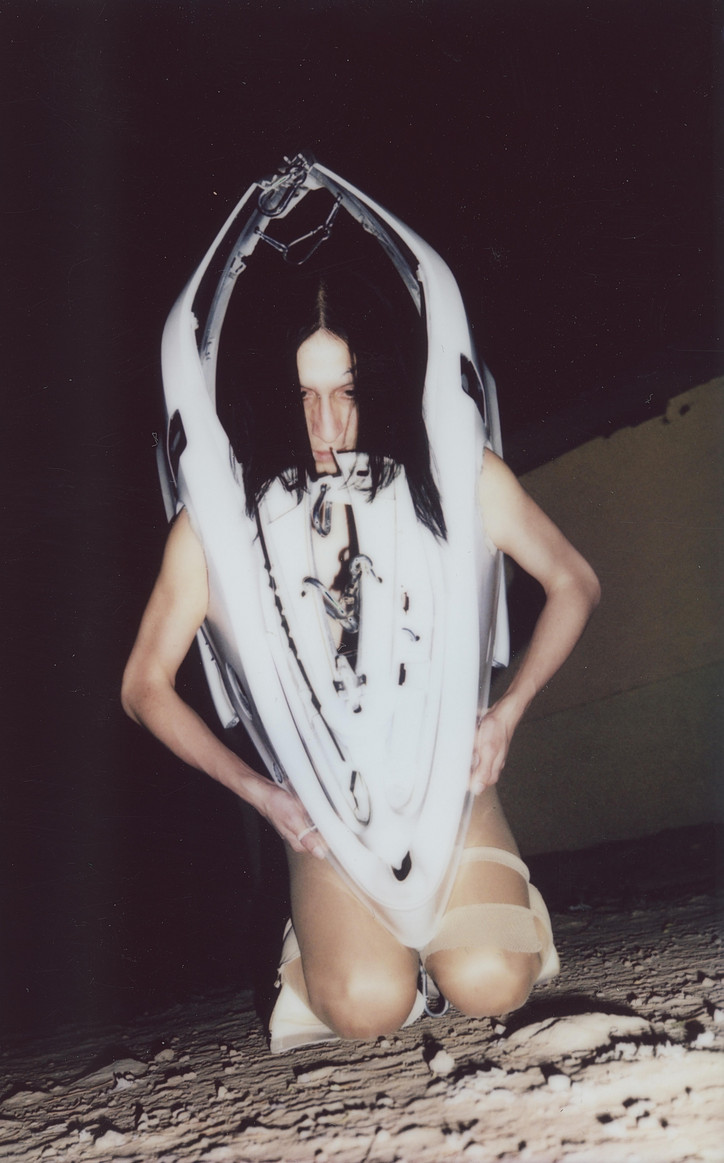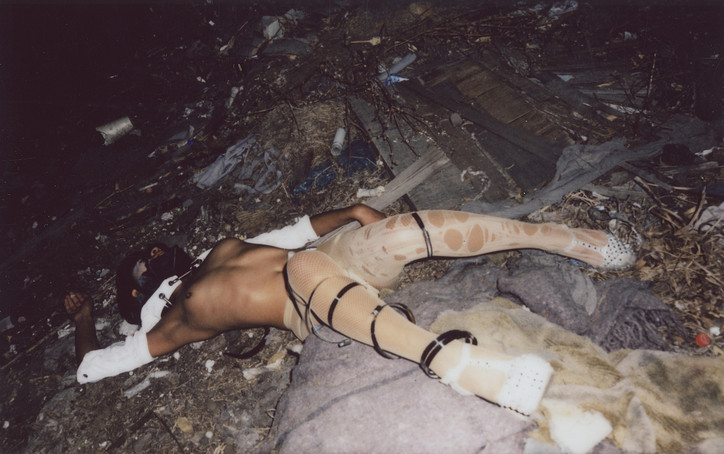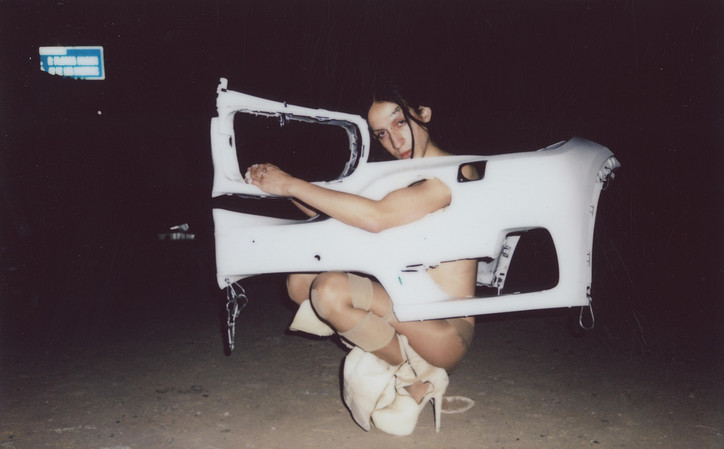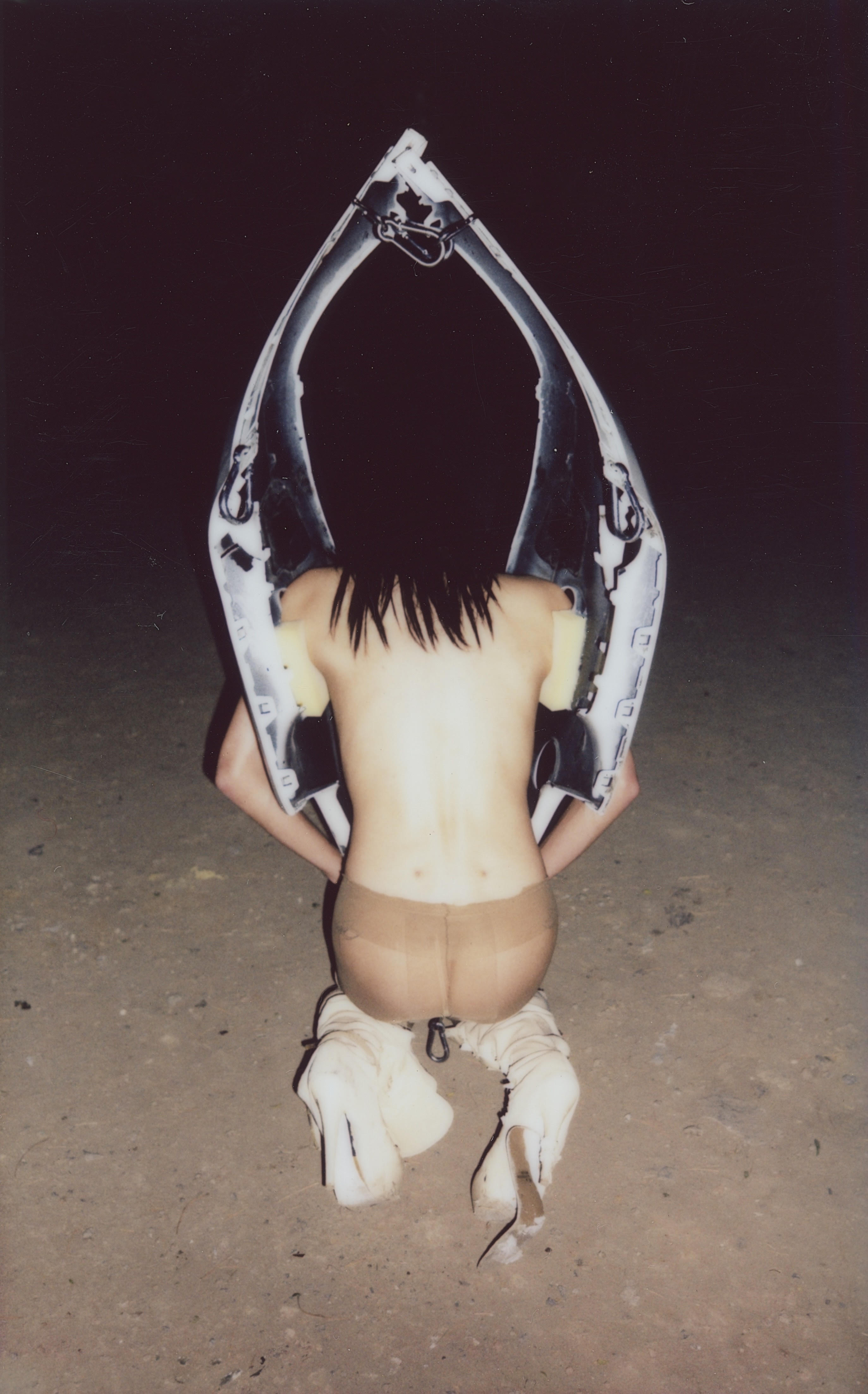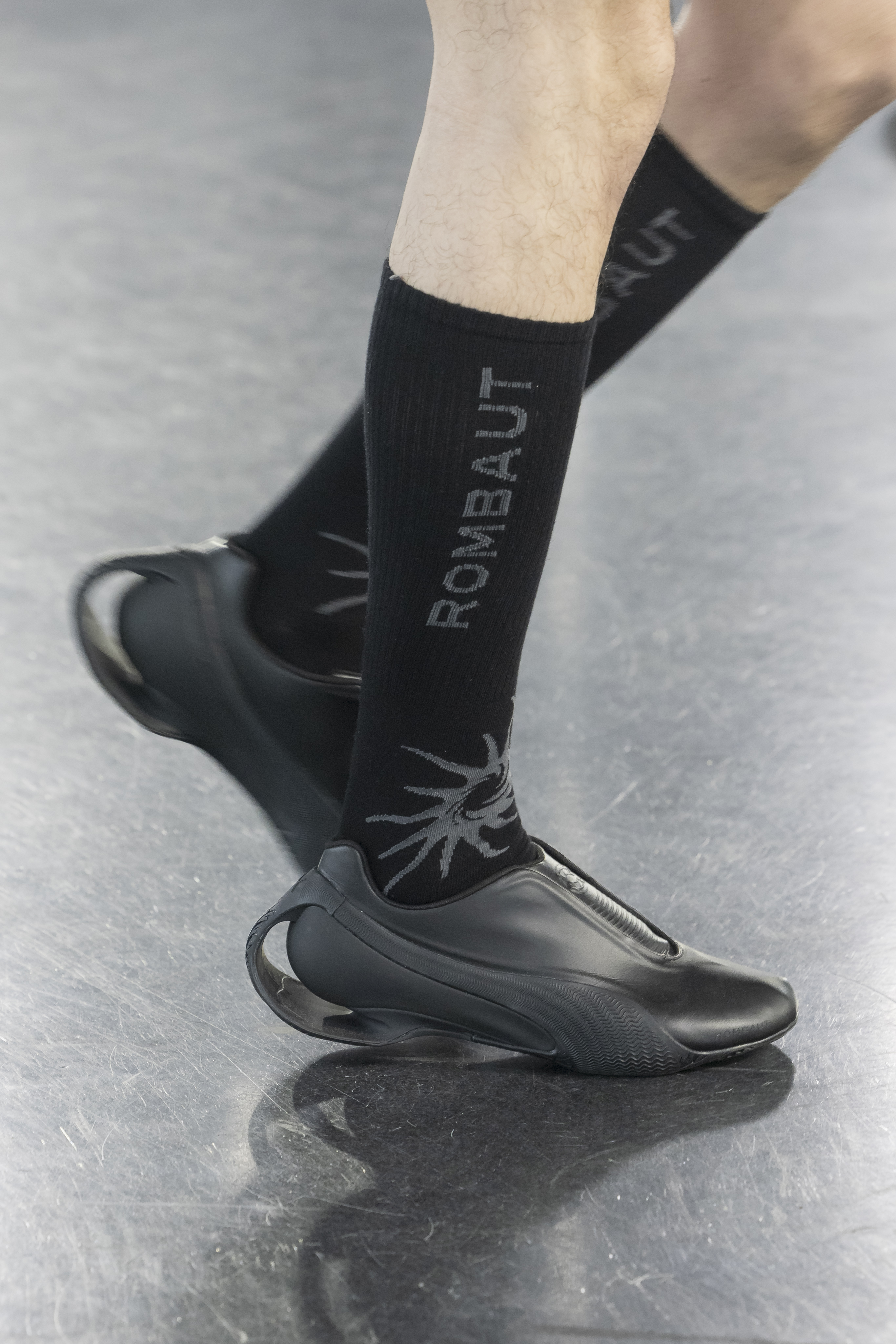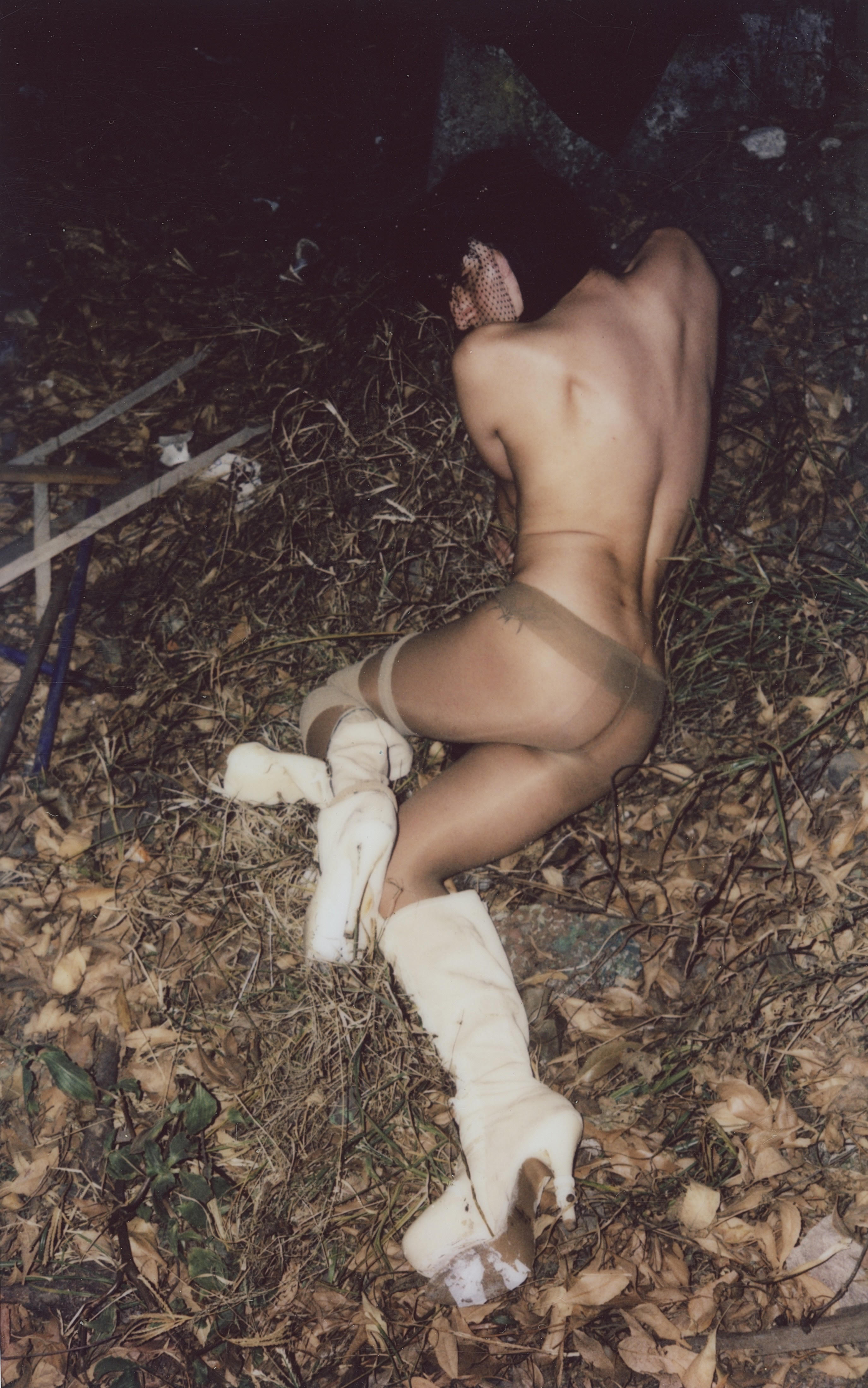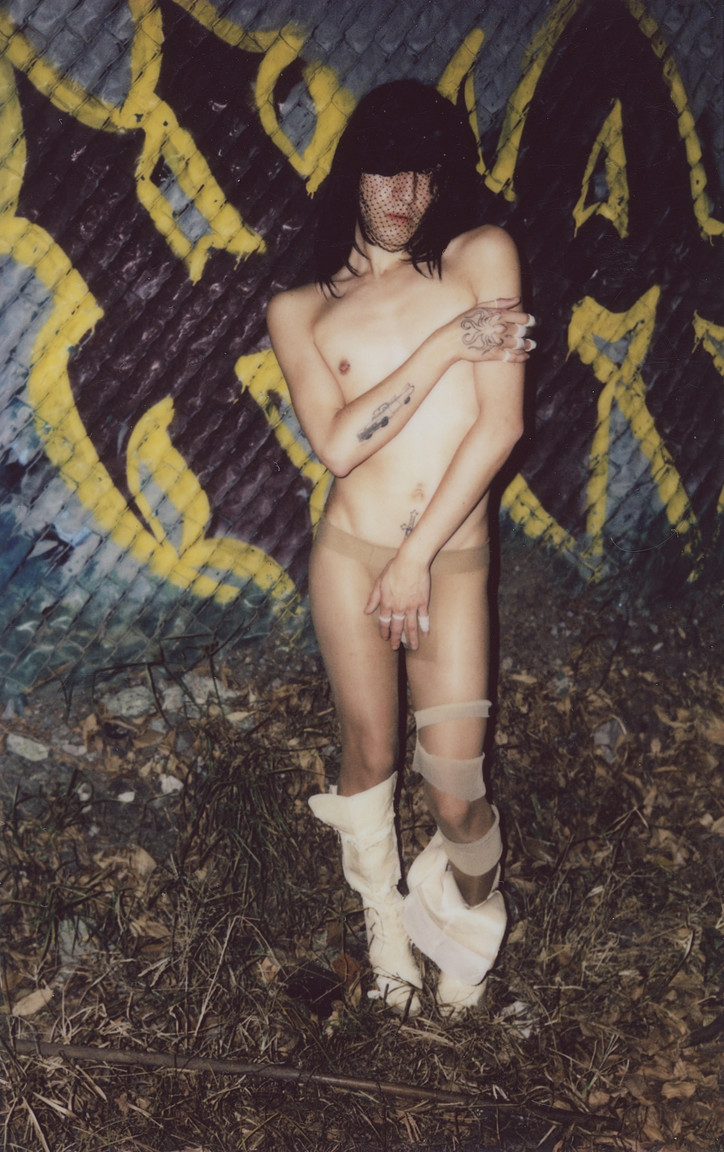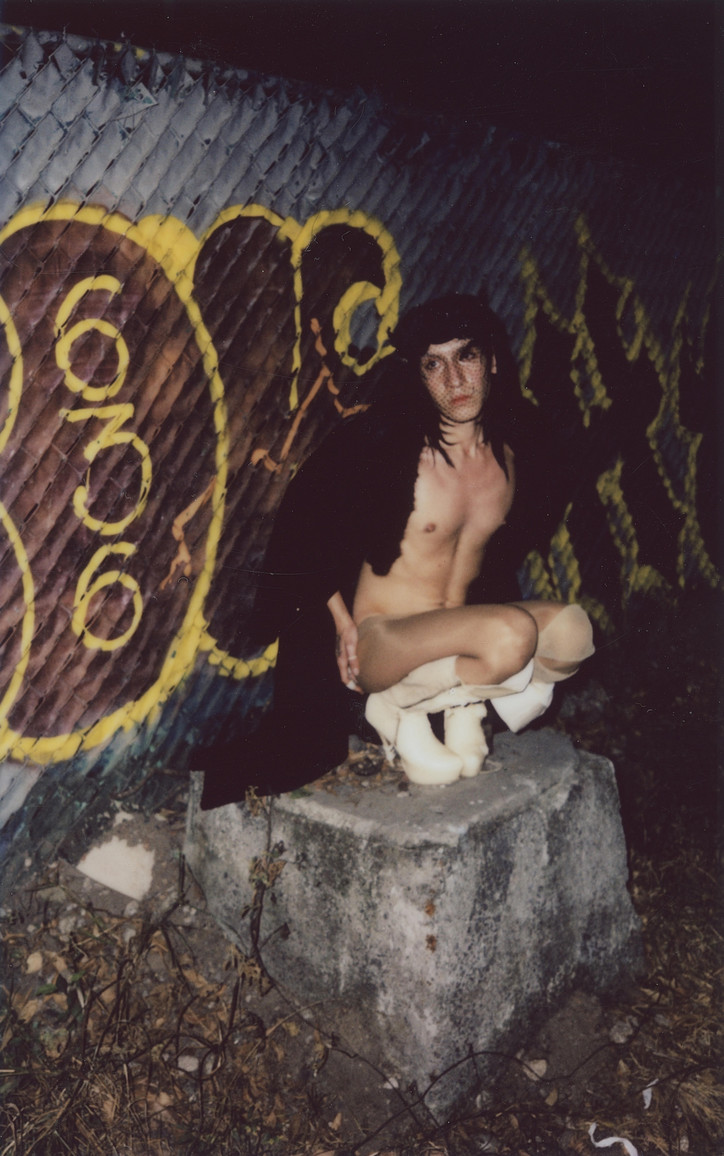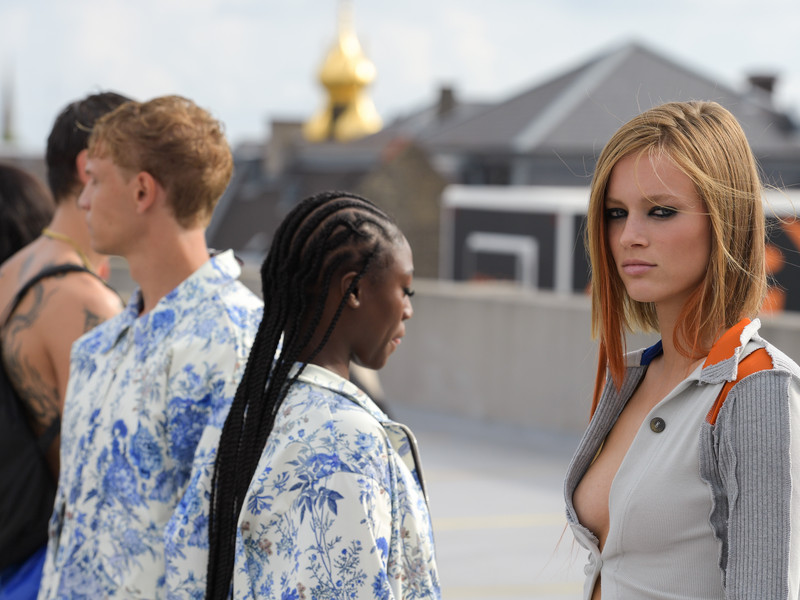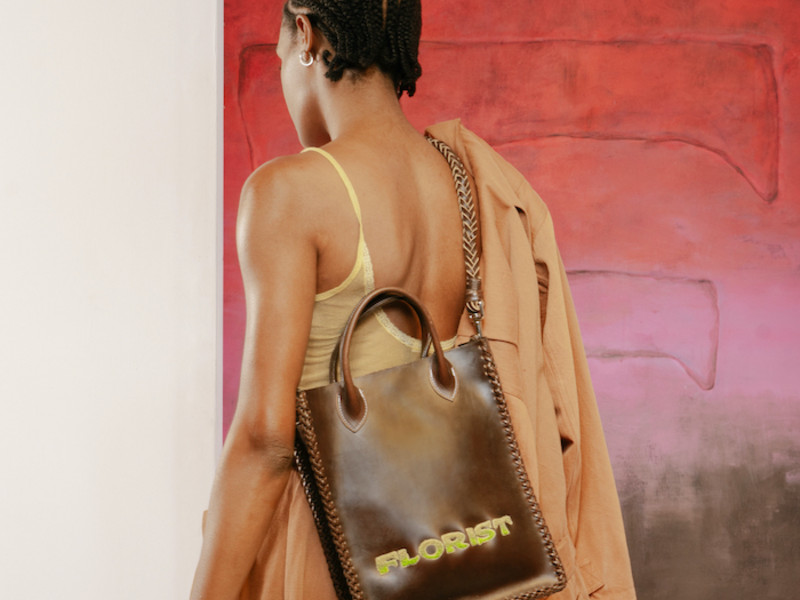Death to Tennis: Fashion is Fiction
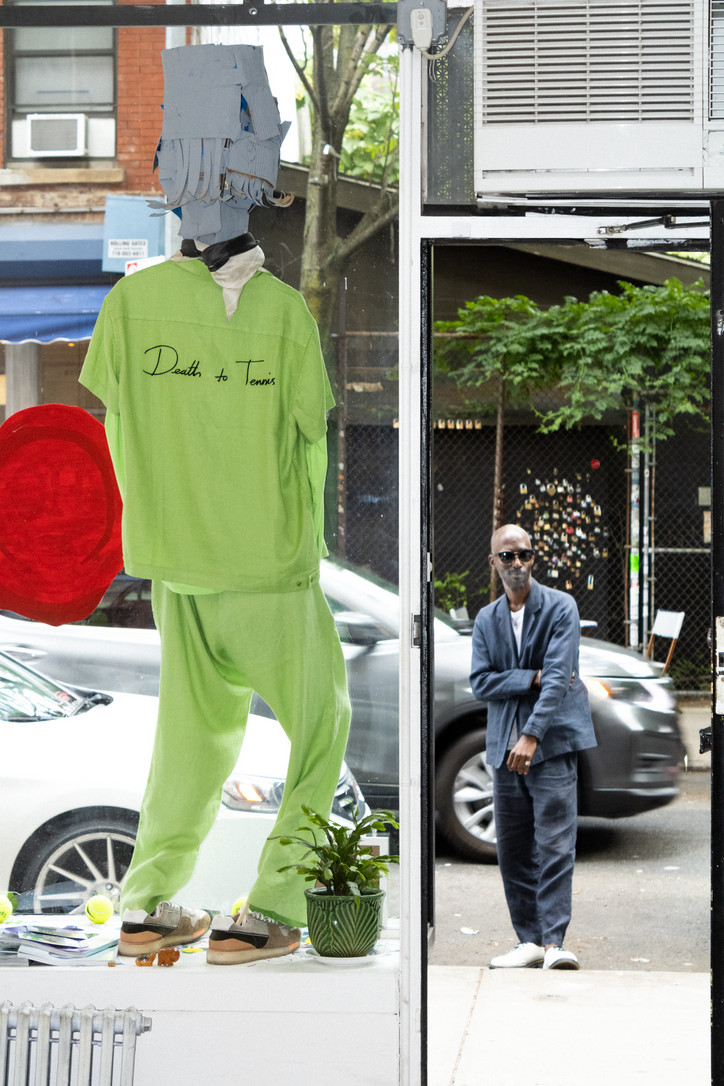
What is the overall philosophy of Death to Tennis?
W— Well, when we first started it was just about making good clothes. When we started doing the brand, everyone was doing Americana. The shops were selling cut leather bags for your ax to carry in Williamsburg, and everyone had a big beard, a checkered shirt, and skintight pants, and that look wasn't really us. We kind of do streetwear, but it’s a little bit more adult, you know, elevated. That’s always been the fit so, that was always really the plan, just to kind of make the nice clothes that we wanted.
So you mentioned the word “adult”. What do you think makes something “adult”?
E— I think the level of tailoring, you know. It’s not too flashy in terms of overtly logo heavy. The way we use colors, the way we use shapes and forms, I think it speaks to a higher you. I’m doing 50s, but I'm also doing new romantic, I’m also doing a little David Bowie, I’m doing a little Miles Davis, I’m playing with eras. Your ability to play with eras and reference makes you grown up. Your ability to stay away from too much BBC and too much egoism makes you a little off of the beaten path. You get me? The road less traveled.
What would you want someone to feel when they are wearing your clothes?
W— Well, I want everyone to feel good, right? You want people to feel good, feel comfortable, feel relaxed. We don't do anything skin tight, seams, and shit. It’s very much comfort-based. That's kind of the fit that we're referencing when we talk about streetwear. We grew up in a time where no one really wears suits anymore. In the last two years, everyone wore sweatpants. When we say adult, it's more elevated, because (with) a lot of streetwear brands, you know, you see a guy in a streetwear brand and he looks like a 12-year-old boy. We are just trying to give you that fit but in a way that's a little bit more sophisticated.
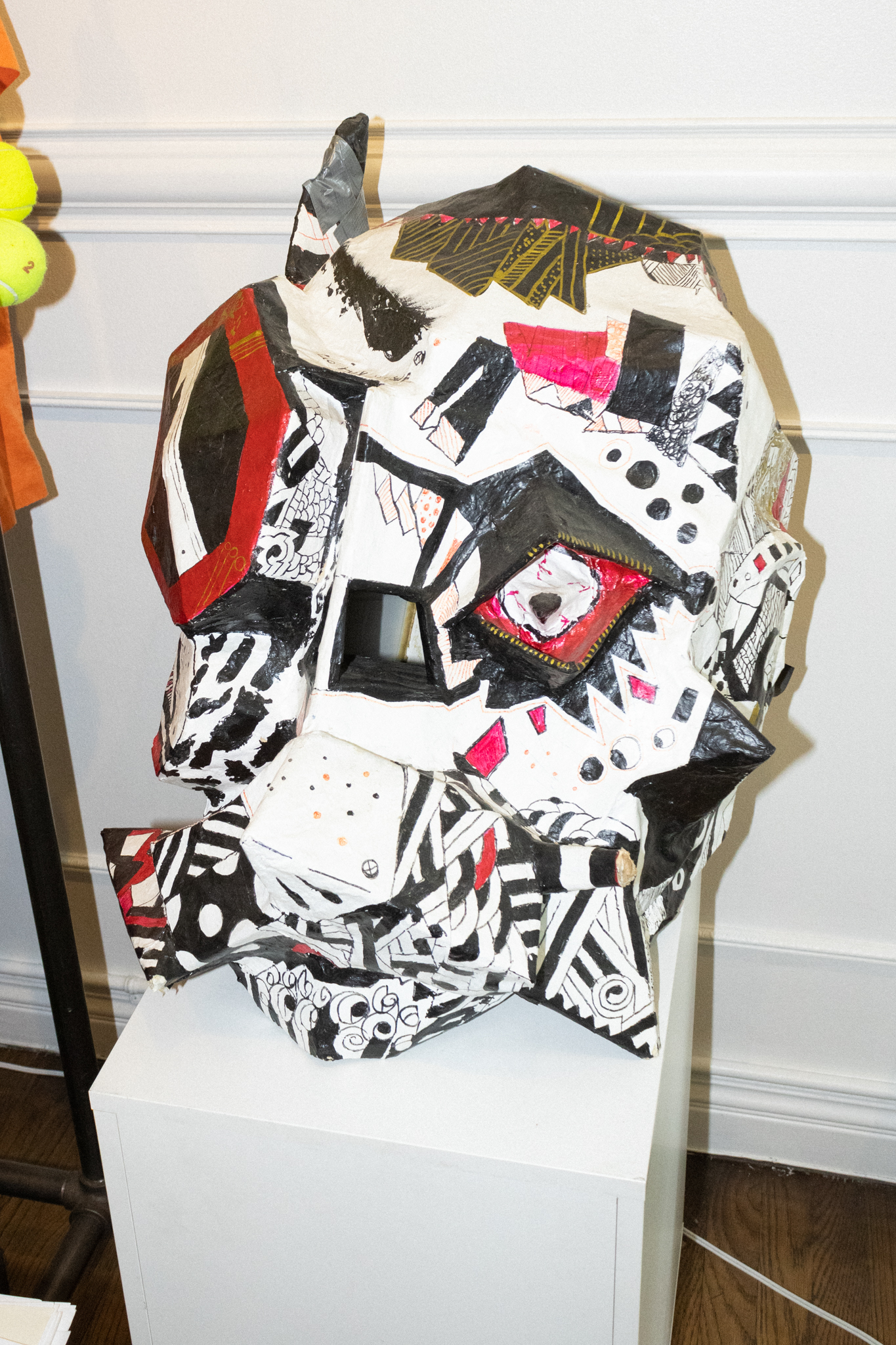
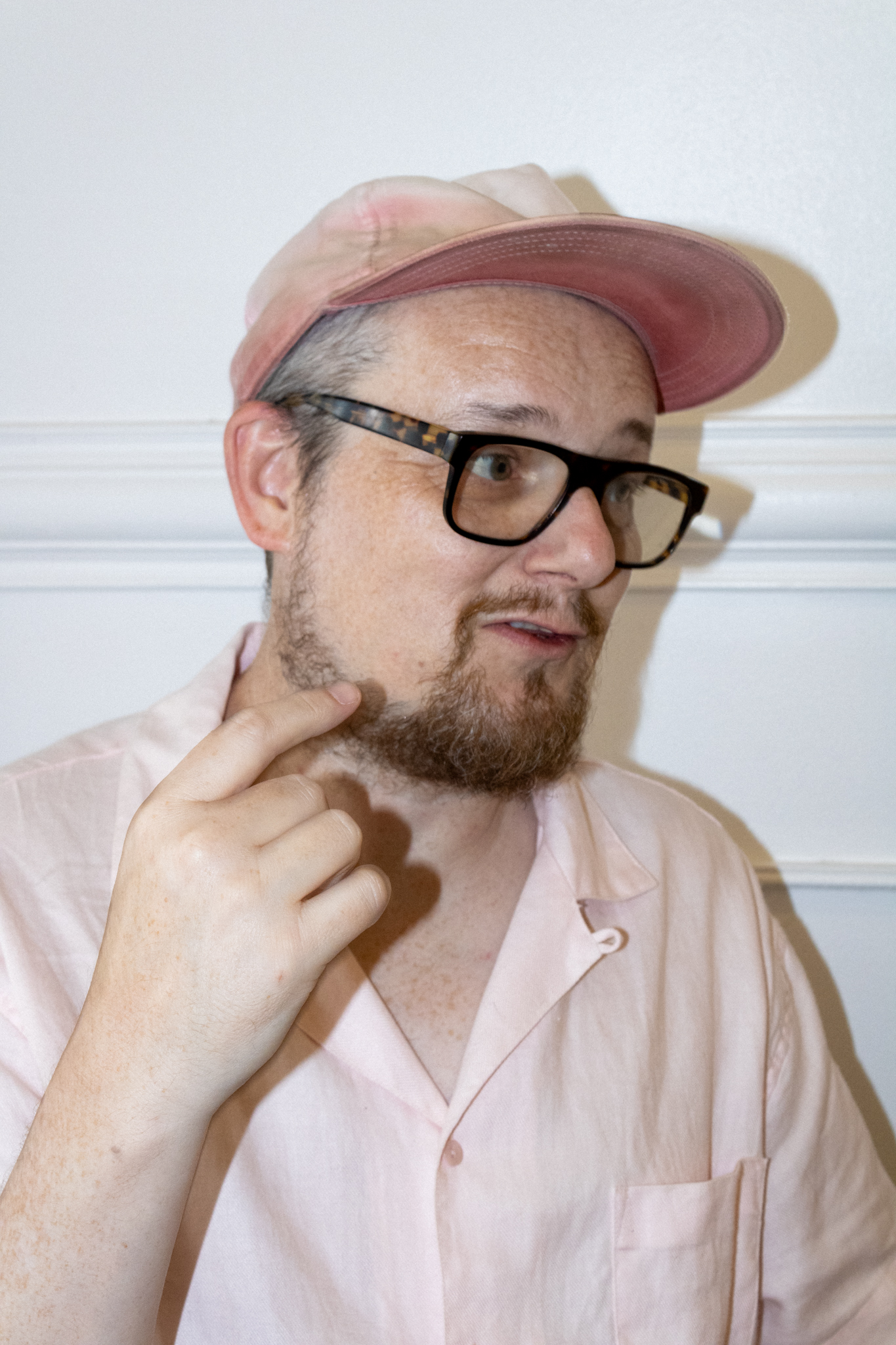
Is there a specific type of person you see wearing your clothes?
W— We welcome all. We used to have a saying “welcome human”, but now it's just “welcome.” We don't want to define you if you're a human or not a human. When we first started it was menswear, but then so many women wore our clothes. With the last job we did, we pretty much were like, well it's September, it's women's week, so most of the people we had walk were women to show the versatility of the brand. It didn't look like women wearing menswear, it still looked like womenswear.
E— There's a sense of androgyny in the clothes. I feel women have the power, they control the market. Who runs the world? Girls. So it's kind of like if they pick and say “I want that”, that thing goes out the roof.
So you never expected the androgyny to come out of what it is now?
W— No, I mean I could sense it early on because I would go to find something (to wear) and I’m like “where the hell is that piece,” and I call my wife and she's wearing it. So we got a couple of seasons in and I was like “alright, you need your own set so I can at least wear what I'm trying to find.” So then as we kept doing it, more and more women gravitated to it too. I mean now anyone can wear anything and be anything, so now it's just welcome to any buyer. We’ll sell you anything.
E— It’s like playing with characters, you know?
W— That's what clothing is.
Do characters have a lot to do with your brand?
E— I think so, cause already with the name, right? Death to Tennis. I feel like there's one guy who's Dr. Death, and there's one guy who's Mr. Tennis. A little bit more like, “Alright mate, Fuck off. Were saying fuck off to the establishment, two hands in our pockets.” So it’s that little balance. One seems to be very gothic, and one seems to be a little cheery. I think we both work well.
W— Yeah we have a couple of characters which are kinda like alter egos, characters that we play with. If you look at everybody walking around, it's a costume.
E— It’s a famous saying he has, “all fashion is fiction.” It’s on a t-shirt.
W— I mean it really is. Were just trying to have fun with it, you know?
You're working on the fine line between reality and fantasy.
W— Now that leads us to the metaverse, which leads up to the future, which is kinda blurring the line completely. People already think this is not the real world, people already think this is the metaverse.
E— We’re hopefully creating a world of D.T.T. Basically you're walking into HQ223NYC, you can get the jewelry by Shelia Lam from Eternal Peace Studio, you can still get my art, you can get his sculptures, while you're in the metaverse.
What made you want to step into that world?
W— It seemed like the next, not necessarily market, but the next frontier. You know now crypto, and N.F.T’s, and everything in that whole world is truly like the wild west. I feel like it's the very early days right now, so if we get in now, there are huge possibilities, and I know that a lot of other brands are going in, but a lot of them seem to be going into the Facebook world, and I think that the differences between the Facebook world and Decentraland are what ideals spoke to us.
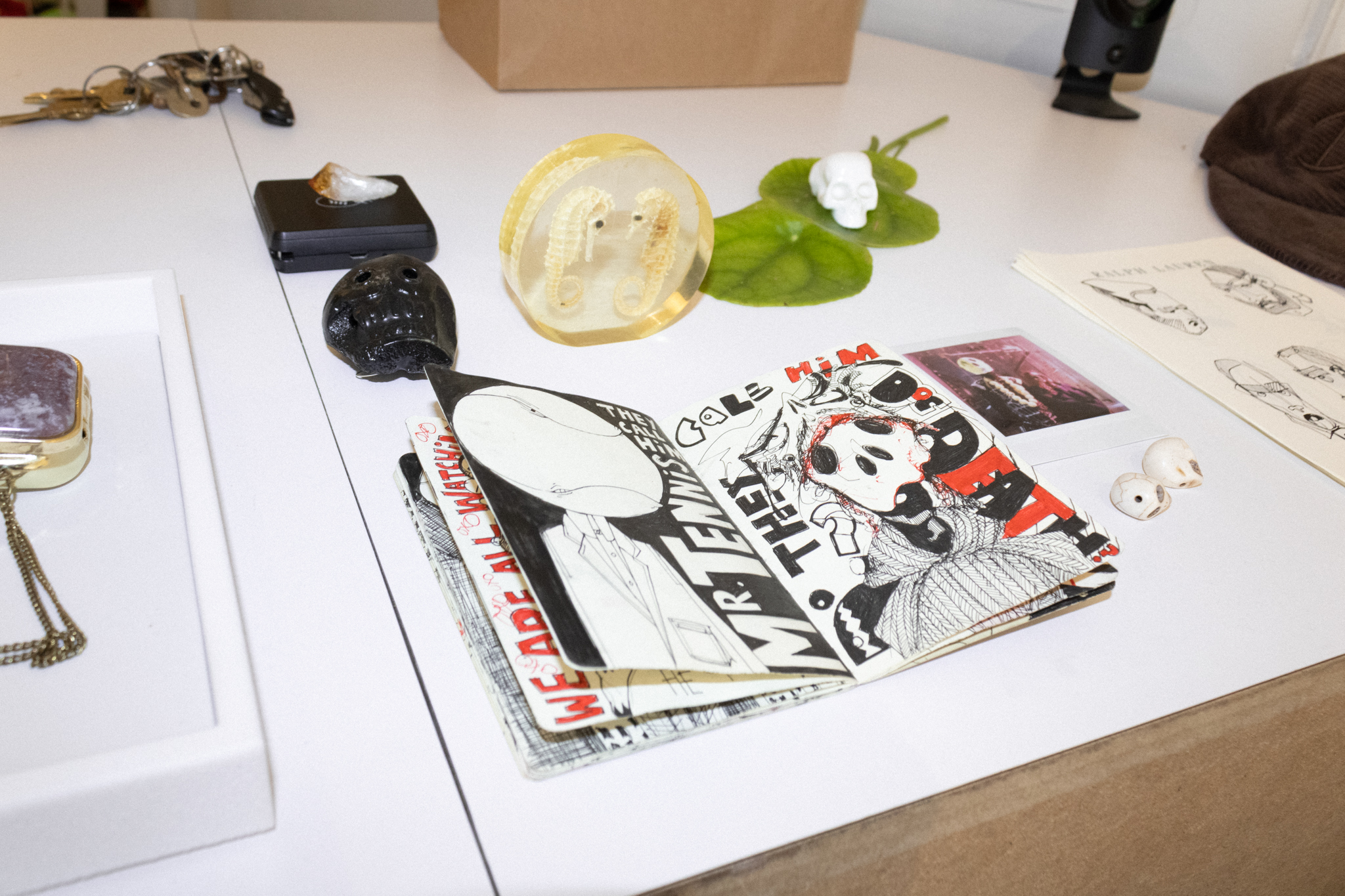
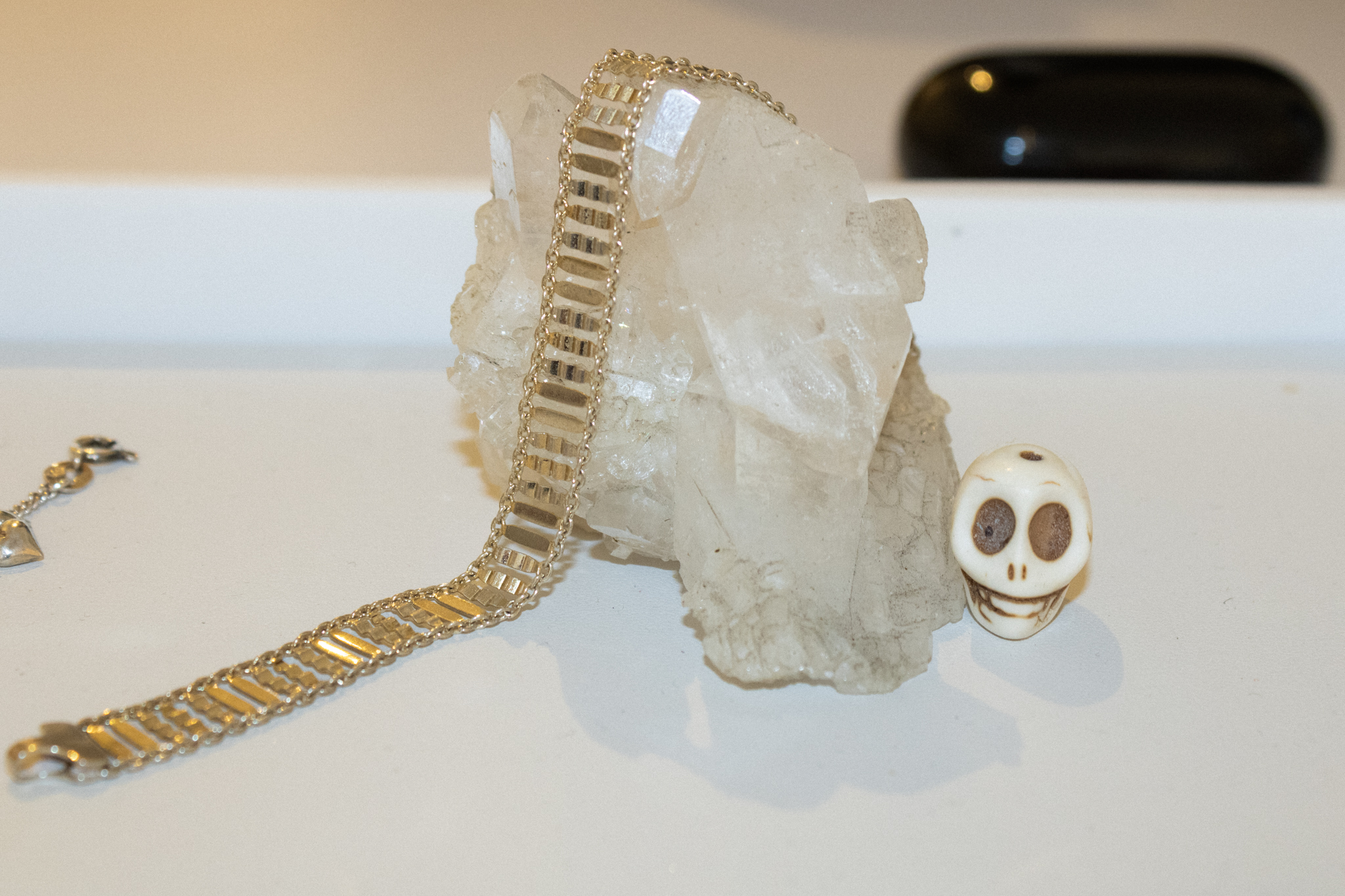
Sounds like you're moving away from the capitalist idea of N.F.T’s and the Metaverse.
W— Well, you know what it feels like, it feels like N.F.T’s are basically Wall Street without restrictions. I think that artists are kind of thinking that if you get it there and you do the work, you could make money as an artist, but I also think that it's really that people are now working like a stock thing.
E— It takes away from the accessibility of what art should be. Once we know that what we're doing is accessible to Tom, Dick, and Harry, then, it's better.
W— I’ve realized that everyone needs to have an avatar in that world, and they all need clothes. You know how it is, people want to flex in the real world, so I saw that as the real market.
Is that where you see fashion in the metaverse?
W— Yeah, like right now we're selling Death to Tennis archival pieces and we’re also flexing hard because we're doing the most expensive piece in the metaverse right now, because we know that people want to spend all that money and want to show off. It’s like when people go to stand in line waiting for all those sneakers, it's the same kind of flex, so we were like, well let's really flex. We invented a gold in the metaverse and it's one of one. You can buy it for 1.5 million dollars. But yeah, I think wearables are where it's at.
E— It’s interesting times. Death to Tennis is a cheeky brand that says “Fuck the establishment” without the middle fingers. It's kind of like if you don't ruffle feathers, what are you doing? Were not here to please people, we've done it so far so good. We're so thankful that we never belonged, cause now it's working to our advantage. We still think fashion is a little bit too cliquy and a little too racist, and a little bit too classist. That's why Death to Tennis says Death to Tennis, get your thoughts replenished. It's not against the sport, it's the club, love, it's the club.
How do you think your conceptual art and videos work hand in hand with your clothes?
W— Well I've always been interested in film, always, always, always. So how we come about the film is we actually care less about the clothes in the film, but more about the film. It’s more about storytelling and that's what I've always been interested in. Secretly I'd like to be a filmmaker myself, but clothes really provide the backdrop.
E— That's how I started working with them. They gave me a small role. “Untitled” is a story about a ballerina that goes to an audition. She doesn't get the part, but on her way home, she starts dancing in the park, climbing up the fences, and really being amazonian. In comes a smoker, Ebie. He sees her, says “fucking hell,” and claps for her. So she may not have gotten that role, but I know it's a struggle, it's like a metaphor. That girl is every one of us. That's how I got into DTT.
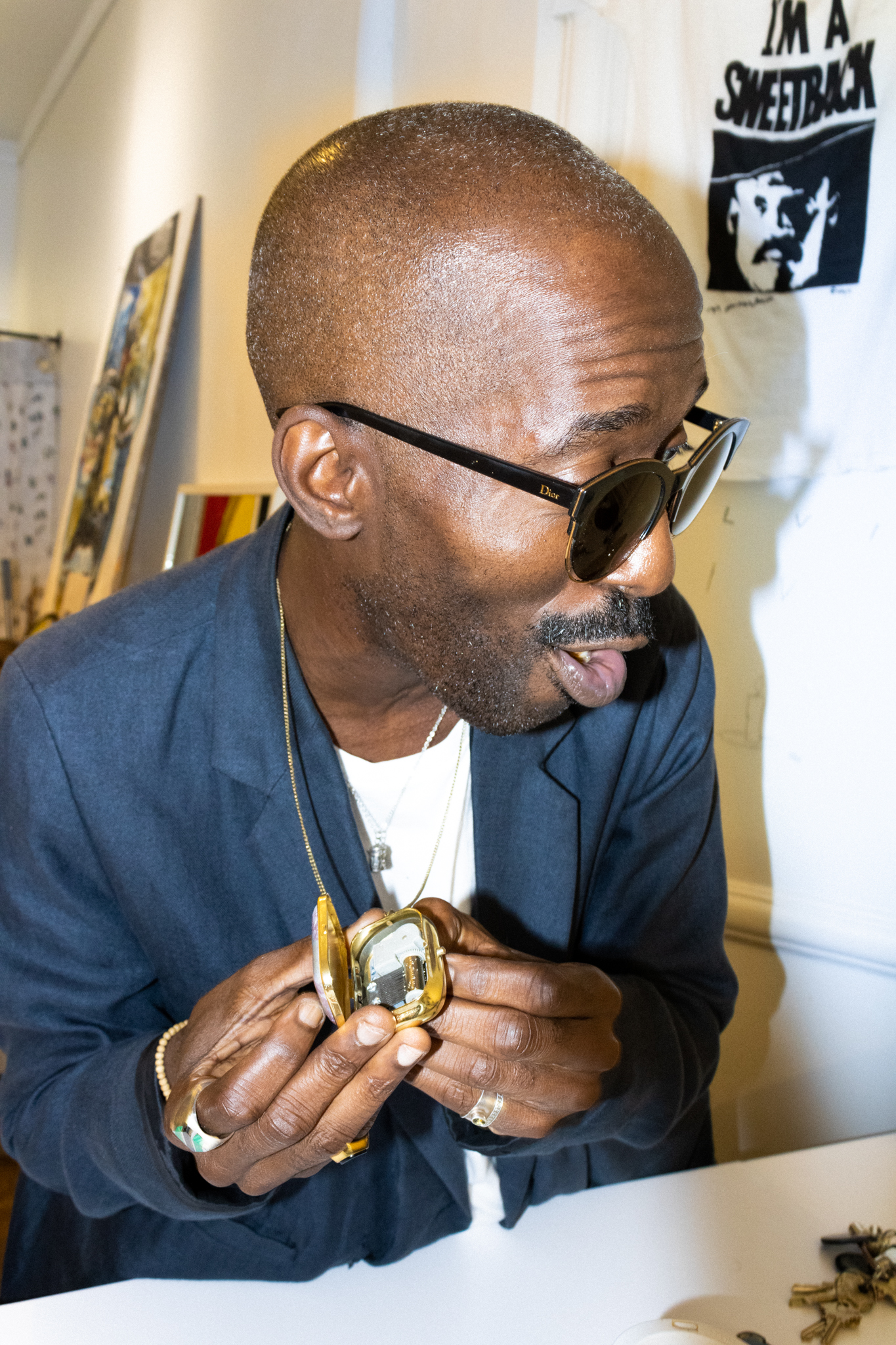

Considering your conceptual design, the metaverse, and bringing women into the picture, where do you see menswear going in the future? Do you see change?
W— No, not really. I feel like we know what's going on in the world, we know you can be anything, but I feel like there's still a huge part of the population that's going to dress like “men” and want menswear and the same for women. There are pockets of people that want to dress however they want, and I think that's totally fine, but I think as the gigantic fashion business, I feel like there is a certain amount of exploration in the middle. I fear for the long term, there will still be menswear and womenswear, but there will be the section that floats.
E— Some brands these days are all about ticking the boxes, while we just make the clothes, let the clothes do the talking.
W— If you like it, you can wear it. Doesn't matter to me who you are, as long as your card does not get declined, we will accept your money gladly.
You’re willing to live in the middle.
W— I mean that's the world we live in. You can't roll with that, there's something wrong with you.
- Check out the rest of Will and Ebi's work through HQ223 and Death to Tennis, including Eternal Peace Studio, Couture Manure, and SUGURU.
